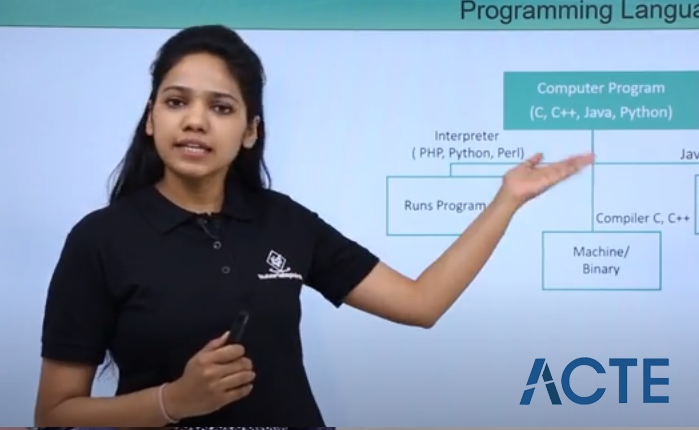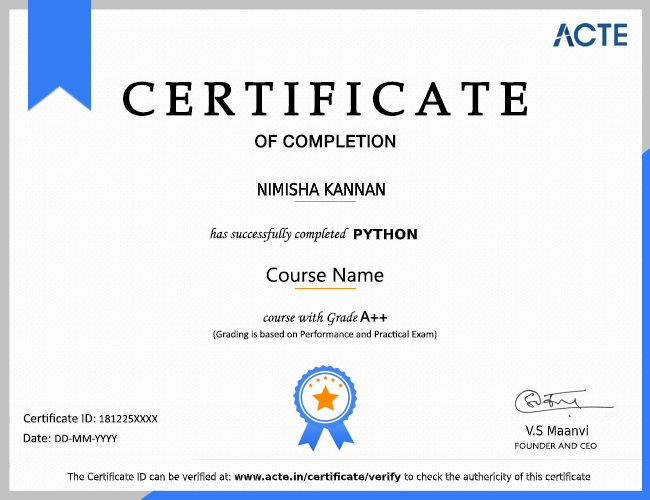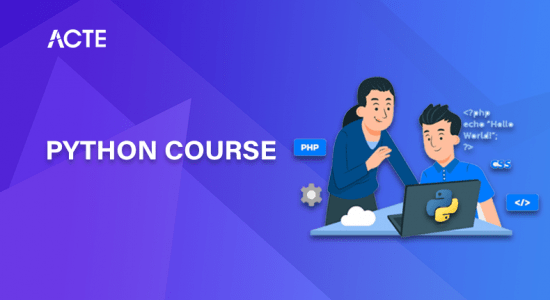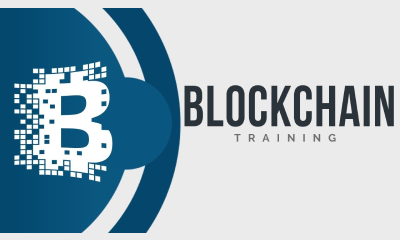Rated #1 Recognized as the No.1 Institute for Data Structures and Algorithms Online Course
Recognized As A Leading Data Science And Algorithms Certification Course, Helping Students & Professionals Gain Expertise In Data Science, Machine Learning, And Algorithm Development For High-Paying Careers.
Enrolling In The Best Data Science And Algorithms Course Institute In Chennai With Placement Support Ensures Advanced Learning And Career Growth. Our Data Science And Algorithms Certification Course Prepares You For Real-World Data Science Challenges And Industry Demands.
- Continuous Placement Opportunities With Leading Mncs.
- Renowned Data Science And Algorithmstraining Institute.
- Instructed By Data Science Experts With Over 10 Years Of Experience.
- Industry-Focused Curriculum With Hands-On Learning And Job Assistance.
- Trusted By 350+ Hiring Companies And Over 9,000 Certified Data Scientists.
- Boost Your Data Science And Algorithms Certification Course With Comprehensive Training And Placement.





























